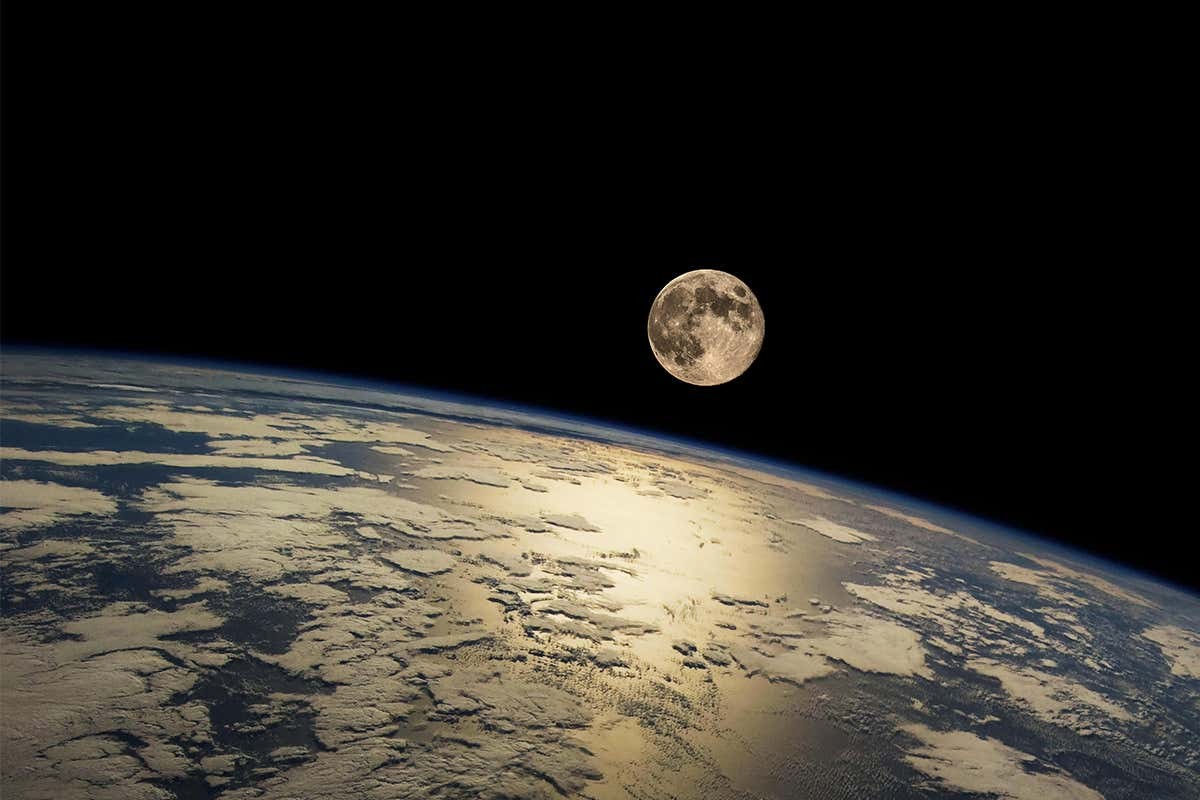 The moon from space
The moon from space
Our planet Earth, a vibrant blue marble in the vast expanse of space, is often pictured with its constant companion, the Moon. When asked “How Many Moons Does Earth Have?”, the immediate and straightforward answer is, of course, one. This single, prominent natural satellite, simply named “the Moon,” dominates our night sky, serving as a celestial beacon and holding a unique place in human history and space exploration. It’s the only celestial body beyond Earth that humans have set foot upon.
However, delving deeper into the intricacies of space and celestial mechanics reveals a more nuanced and fascinating answer. The number of moons Earth possesses isn’t a fixed, unchanging figure throughout cosmic time. In fact, the story of Earth’s moons is one of dynamic interactions, temporary companions, and even ghostly presences.
The Moon: Our Constant and Largest Satellite
For most people, and in everyday astronomical terms, Earth has one moon. This Moon is not only our planet’s sole permanent natural satellite but also a significant celestial body in its own right. Scientists believe our Moon formed approximately 4.5 billion years ago, shortly after Earth itself came into existence. The prevailing theory suggests a cataclysmic event: a Mars-sized object, often referred to as Theia, collided with the early Earth. This colossal impact ejected a vast amount of debris from Earth’s crust and mantle into space. Over time, gravitational forces coalesced this ejected material, eventually giving rise to the Moon we see today.
Earth’s Temporary Moons: The Realm of Mini-Moons
Beyond our primary Moon, Earth experiences fleeting encounters with smaller celestial objects that can temporarily become natural satellites. These are often termed “mini-moons” or temporary satellites. These objects, typically asteroids, are captured by Earth’s gravity for brief periods before continuing on their solar journeys.
One well-documented example is asteroid 2006 RH120. This small asteroid was gravitationally captured by Earth and orbited our planet for about nine months between 2006 and 2007. Another instance is asteroid 2020 CD3. This minimoon orbited Earth for nearly three years before drifting away in March 2020. These temporary captures demonstrate that Earth’s gravitational influence can extend beyond the orbit of our primary Moon, albeit transiently.
Trojan Asteroids and Ghost Moons: Companions in Orbit
Further expanding the concept of Earth’s moons, we encounter celestial bodies that share our planet’s orbital path around the Sun. Trojan asteroids are a fascinating category. These asteroids reside in gravitationally stable regions of space called Lagrange points. These points, created by the gravitational interplay between the Sun and Earth, are locations where smaller objects can maintain a relatively stable position in relation to both celestial bodies.
Two known Earth Trojans are asteroid 2010 TK7 and asteroid 2020 XL5. They orbit the Sun along Earth’s path, leading or trailing our planet. Intriguingly, the Lagrange points may also accumulate dust. Some astronomers hypothesize that concentrations of dust particles in Earth’s Lagrange points could form faint, elusive structures known as Kordylewski clouds, sometimes referred to as “ghost moons” due to their tenuous and diffuse nature.
Quasi-Satellites and Horseshoe Orbiters: Near-Earth Companions
Quasi-satellites represent another class of near-Earth objects that, while not true moons, exhibit a peculiar relationship with our planet. These objects orbit the Sun in approximately 365 days, mirroring Earth’s orbital period. This synchronicity makes them appear to orbit Earth, even though they lie outside Earth’s gravitational sphere of influence.
Horseshoe orbiters are yet another type of celestial body in Earth’s vicinity. These objects follow complex paths that, when viewed from Earth’s perspective, trace out a horseshoe shape. They approach Earth, then veer away, continuing their journey around the Sun before eventually encountering Earth again on the opposite side of our orbit.
Artificial Satellites: Human-Made Moons
Finally, it’s important to acknowledge the multitude of artificial satellites orbiting Earth. These human-made objects, ranging from communication satellites to the International Space Station, are undeniably satellites of Earth. Occasionally, new artificial satellites are initially mistaken for undiscovered natural moons, as was the case in 2015 when an object was briefly thought to be a new moon, only to be identified later as the Gaia space telescope.
Conclusion: A Singular Moon with a Richer Context
In conclusion, while the simple answer to “how many moons does Earth have?” remains “one,” the complete picture is far more captivating. Earth possesses a single, large, and permanent natural satellite – the Moon – that has been our constant companion since the planet’s early days. However, our planet also interacts with a variety of other celestial objects, including temporary mini-moons, Trojan asteroids, quasi-satellites, and horseshoe orbiters, which, in different ways, can be considered as Earth’s companions in space. Even human technology has contributed to the population of Earth’s satellites. Therefore, depending on the definition and timescale considered, the answer to how many moons Earth has can range from one dominant Moon to a dynamic and ever-changing entourage of celestial neighbors.